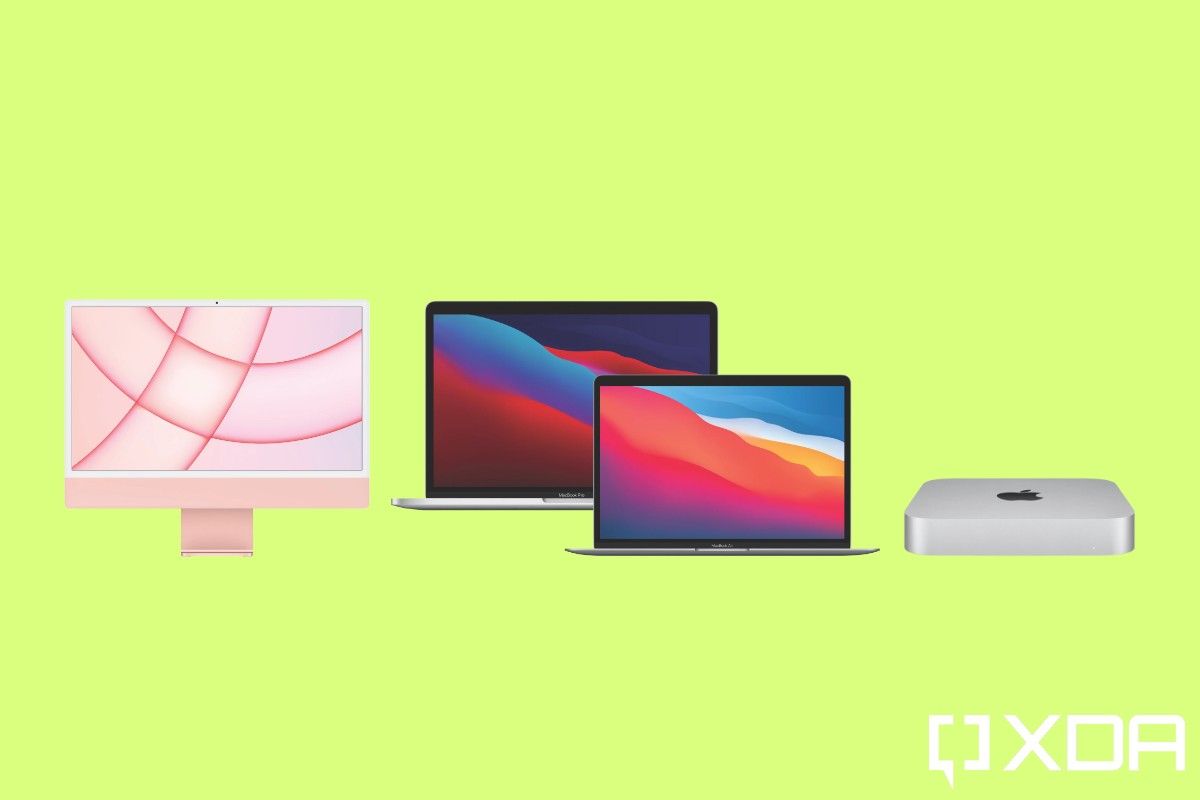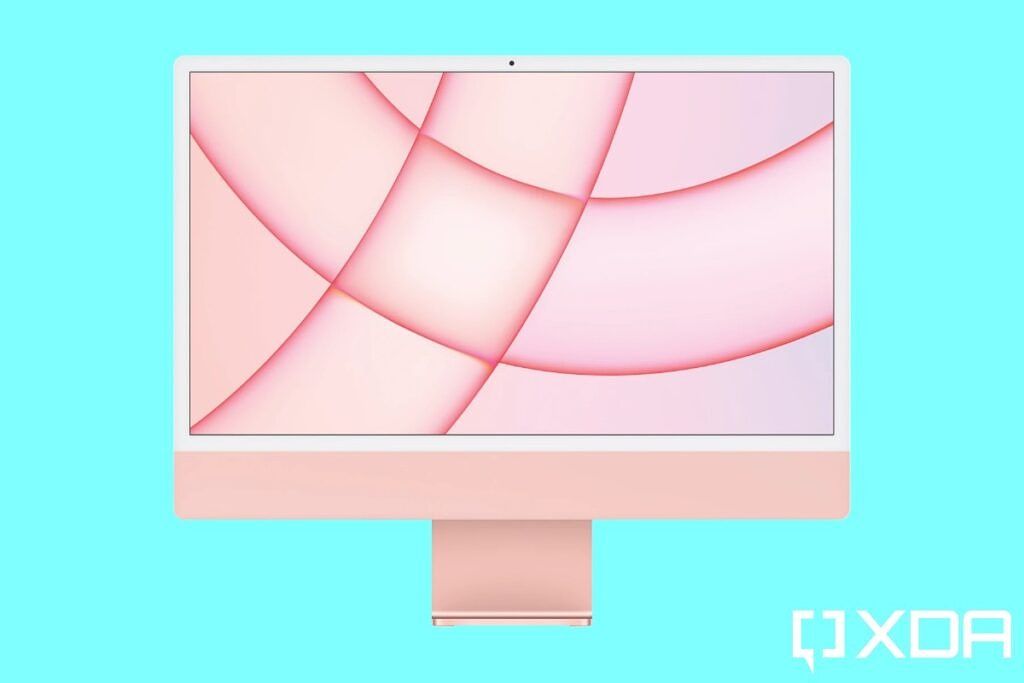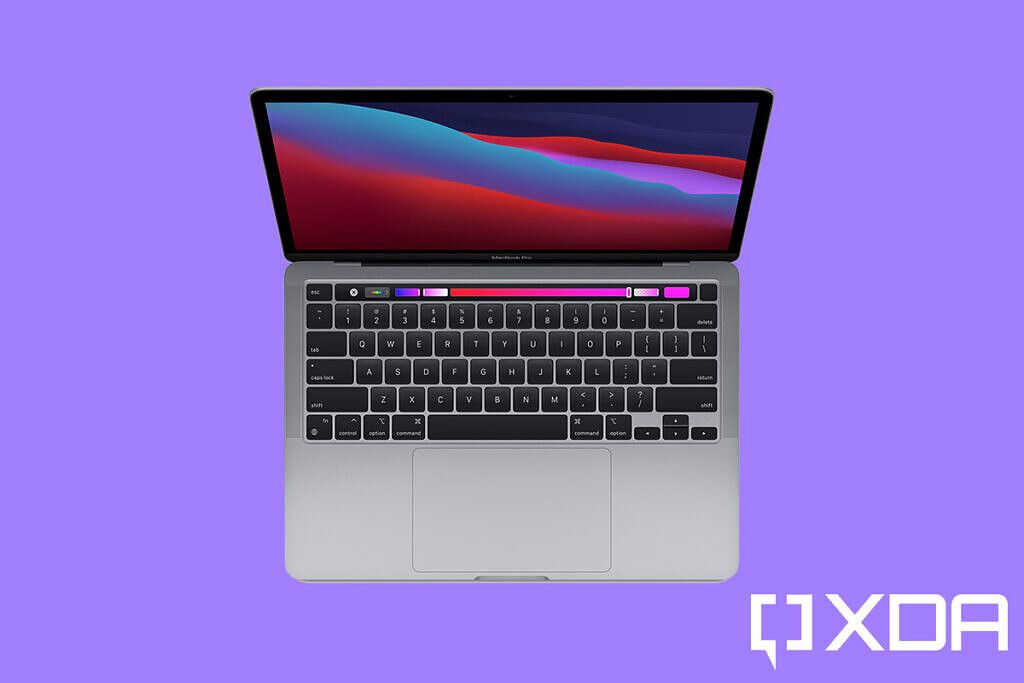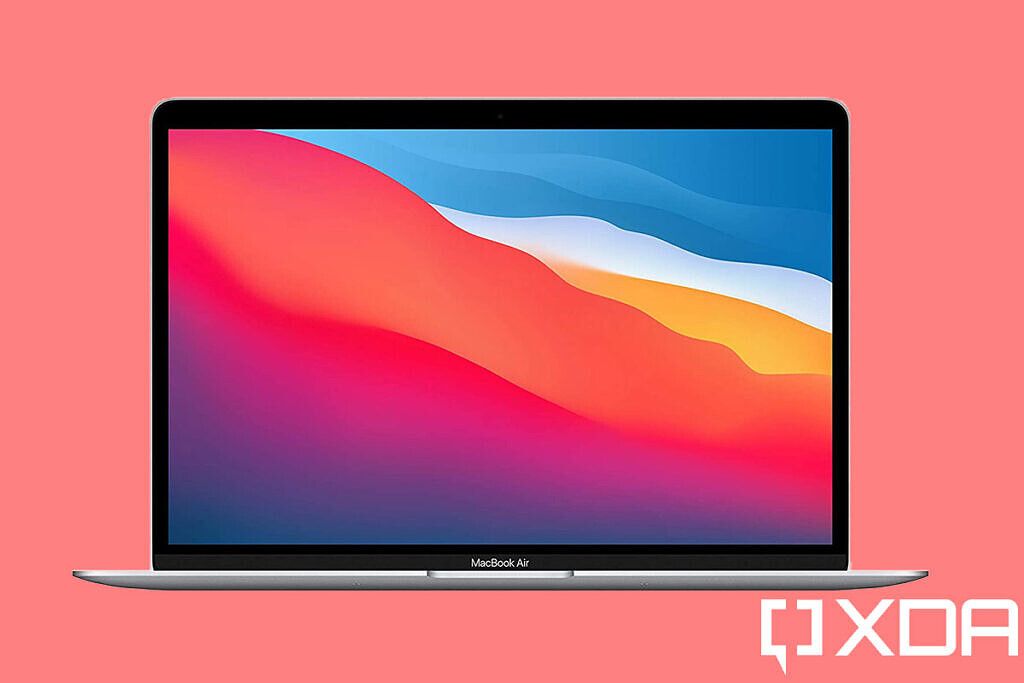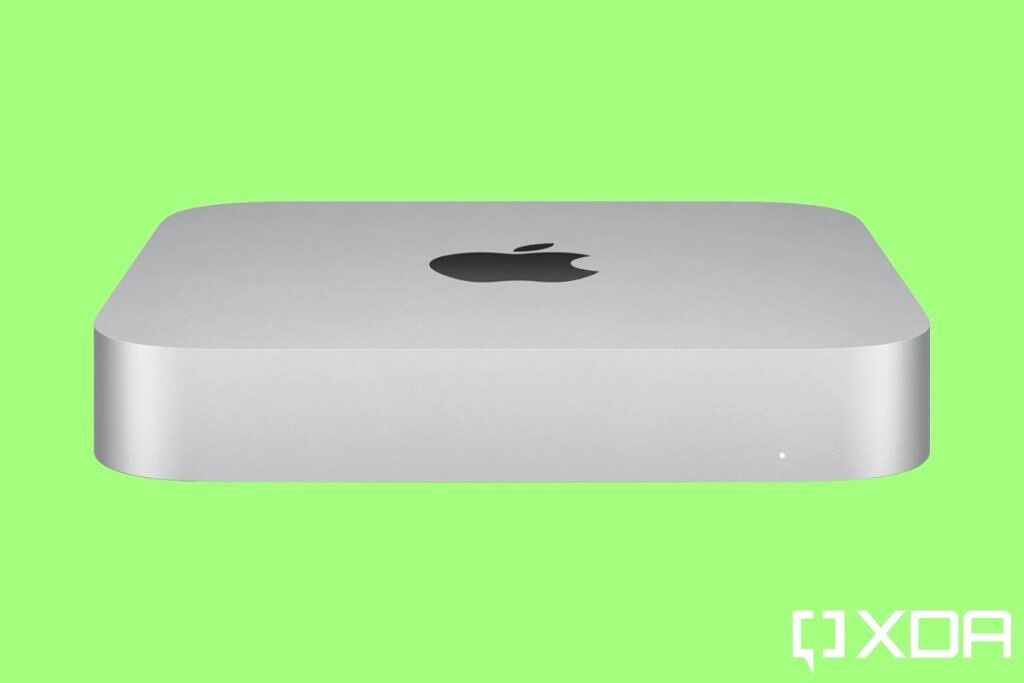Apple Silicon continues to make its way into various Mac machines. First, it was added to the MacBook Air, the MacBook Pro, and the Mac mini. Then it arrived in the 24-inch iMac. The company now has a total of four computers powered by its M1 chip, leading to the question -- which M1 Mac should you choose?
Fortunately, since the same chip is powering all the machines, they all offer a similar level of performance. But that just makes choosing among them that much more tricky. Let’s break down each of the M1-powered Macs to figure out which one is right for you.
iMac (24-inch, M1, 2021)
Let’s start with the most recent addition to Apple’s M1 lineup - the 24-inch iMac. It's an all-in-one computer, meaning everything that makes this computer tick is packed right into its gorgeous and extremely slim screen. It's so slim that the iMac seems like a giant iPad Pro. Along with the screen, you also get a wireless keyboard and mouse to help you get started.
Given the iMac is essentially a giant screen, it isn’t meant to be moved around. So if you’re looking for a Mac that can sit right on your desk, probably in your living room or study, and provide you with a complete computer experience, then the 24-inch iMac is probably for you. What’s more, Apple gives a choice of seven vibrant colors that, combined with the brand-new design, makes sure that your iMac looks pleasing wherever it's placed.
The main highlight of the iMac is its 24-inch 4.5K Retina display that offers 4480x2520 pixels resolution and 500 nits brightness. It’s designed to show everything sharp and in great detail. Another area where the new iMac stands tall over other M1 Macs is the webcam. It packs a 1080p camera that, combined with the M1 chip’s image signal processor (ISP), will take your video calls to the next level. In comparison, the MacBook Air and MacBook Pro carry 720p webcams, and Mac mini doesn’t come with a webcam.
The presence of the M1 chip in this iMac assures great performance and you’re likely to get more power out of the M1 present in the iMac than the chip in the MacBook Air because of the thermal throttling. The base variant of the iMac comes with a single fan and 7-core GPU, whereas the more expensive variant packs two fans and 8-core GPU. So if you're doing GPU-intensive tasks, the higher-end iMac with M1 will perform better.
The base variant of the iMac isn’t also the best Mac for onboard storage and connectivity. Apple only allows up to 1TB of storage in this variant and you get just two Thunderbolt/ USB 4 ports. The higher-end variant allows up to 2TB of onboard storage and there are two additional USB 3 ports.
Limitations aside, iMac is a great option for anyone who isn’t looking for portability and wants a computer with a big screen, good webcam, and great performance.
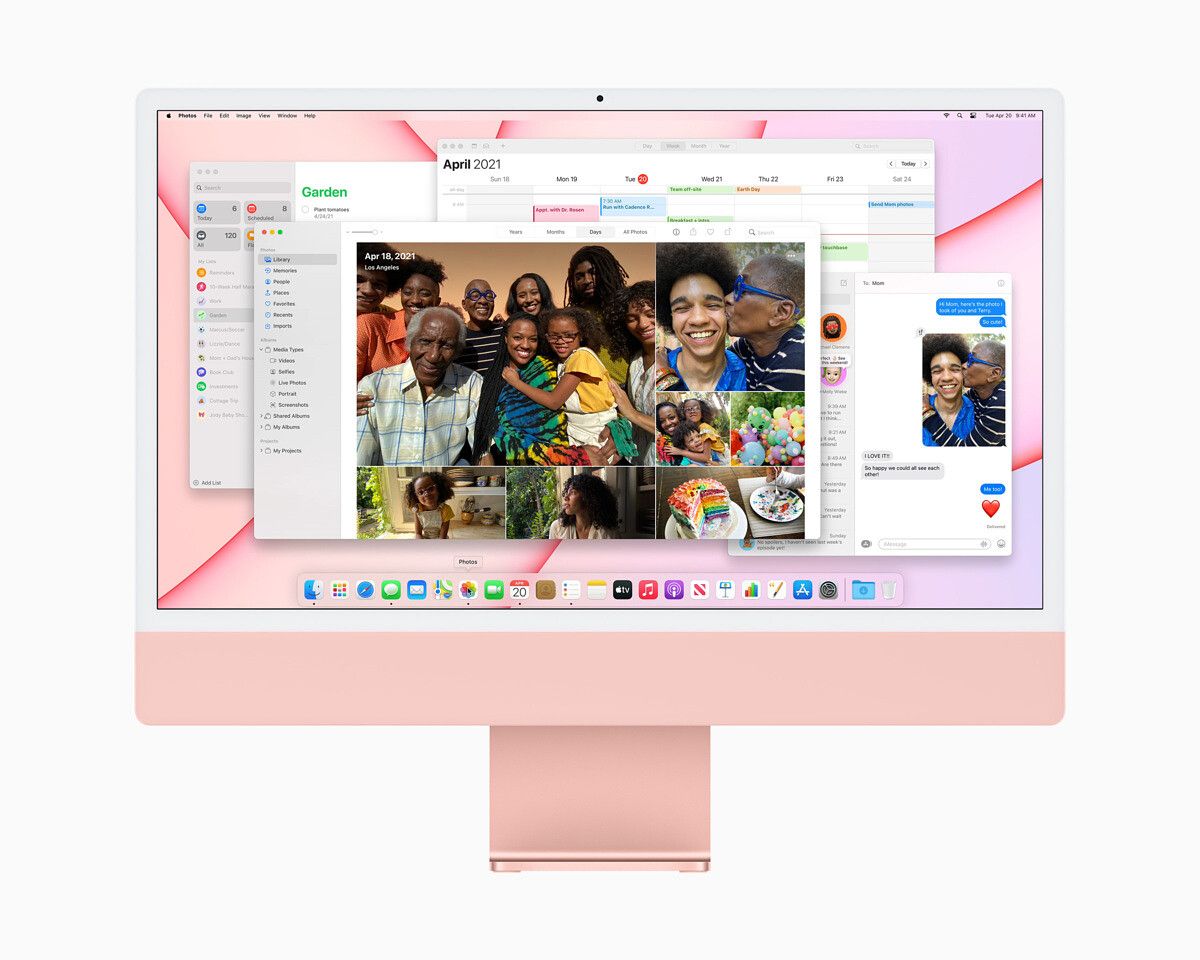
Apple iMac (2021)
The new Apple iMac features the M1 chip, a 24-inch 4.5K Retina display, up to 16GB of RAM, and up to 2TB of storage.
MacBook Pro (13-inch, M1, 2020)
The 13-inch MacBook Pro with M1 is a laptop targeted to consumers who want powerful portable machines. As Apple is yet to include its own silicon in the 16-inch MacBook Pro, the 13-inch Pro model is the most powerful Apple Silicon laptop right now. This allows you to get all your work done from anywhere.
Apple also promises up to 17 hours of wireless web usage or up to 20 hours of movie playback via the Apple TV app. This is about two hours more than the M1-powered MacBook Air. Moreover, thanks to the bundled 61W USB Type-C charger, it’s also much faster in charging than the Air.
While you don’t get the large 24-inch 4.5K Retina display as the iMac, the 13.3-inch Retina display on the Pro actually offers more pixels per inch at 226.98 PPI. It’s also equally bright at 500 nits as iMac.
The new MacBook Pro does lack on the port's front with just two Thunderbolt ports. Overall, the new 13.3-inch MacBook Pro is a great option for anyone looking for a powerful laptop that can easily take on their demanding workload. It's even a part of our picks for the best laptops on the market right now.
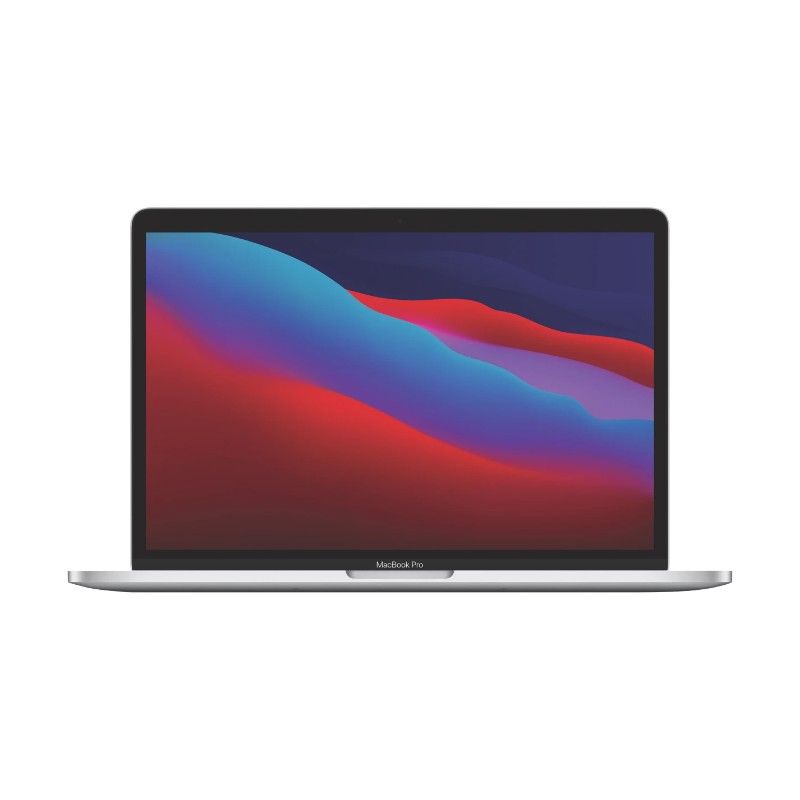
Apple MacBook Pro 13-inch (M1, 2020)
The Apple MacBook Pro features the M1 chip, a 13.3-inch Retina display, up to 16GB of RAM, and up to 2TB of storage.
MacBook Air (13-inch, M1, 2020)
The MacBook Air has long been the most travel-friendly laptop and just as its Windows competitors had started gaining on it, Apple gave it a much-needed power boost in the form of the M1 chip. The presence of Apple Silicon assures speeds almost matching its Pro-sibling. It also sports a slender design and is the lightest laptop in the company’s portfolio.
The laptop features the same 13.3-inch Retina display as the MacBook Pro, giving consumers a crisp and immersive experience. However, you’ll only get 400 nits of brightness on the Air, whereas the Pro supports 500 nits. Display isn’t the only thing that the Air shares with the Pro. It also packs the same 720p webcam, same RAM and SSD options, same trackpad, and even the same connectivity options, including ports.
While it’s not necessarily a drawback, the Air’s slim design means it sacrifices a bit on the battery front. It’s also bundled with a relatively slower 30W USB Type-C charger. The Air’s battery is still stellar and you can expect up to 15 hours of wireless web browsing or up to 18 hours of movie playback via the Apple TV app.
If you want a great ultra-portable laptop that isn’t a slacker on the performance front, look no further.
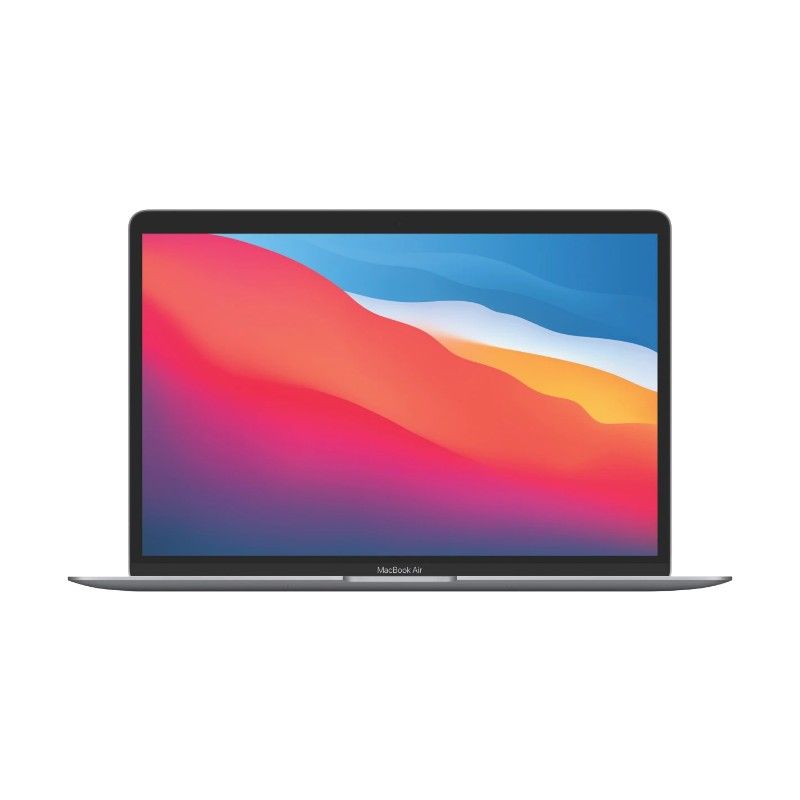
Apple MacBook Air (M1, 2020)
The Apple MacBook Air features the M1 chip, a 13.3-inch Retina display, up to 16GB of RAM, and up to 2TB of storage.
Mac Mini (M1, 2020)
Mac mini, the most affordable computer of the M1 Macs, gives a lot of choice to the consumers. It's meant for those who either don’t want to spend too much on their computer or like their own monitor and other peripherals. You buy the Mac mini, which will essentially be the heart of your computer, and then pick and choose the peripherals. If you already have these peripherals lying around from your previous desktop, the Mac mini makes even more sense. You won’t get the ease of getting your computer to work right out of the box, which is possible with all the other choices here.
Since it's a desktop, it'll also sit at one place in your house, and it might not look as pretty as the new iMac, given the mix-and-match of peripherals. But you'll still get the same powerful M1 chip as the other options. Additionally, the presence of an 8-core GPU and fan in even the base variant means that your machine is not pipped by any other M1 Mac in terms of raw performance. It also packs plenty of port choices with two Thunderbolt/ USB 4 ports, two USB-A ports, one HDMI 2.0 port, and Gigabit Ethernet.
Essentially, if you don’t shy away from a little bit of setting up and are looking for a bang for buck computer, the M1 Mac mini is a worthy choice.
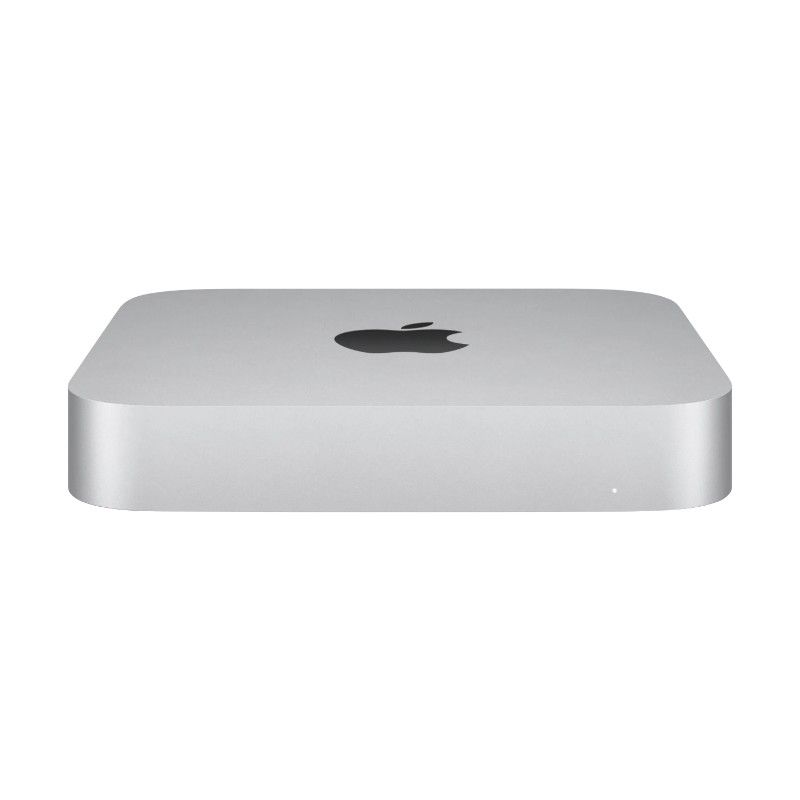
Apple Mac Mini (M1, 2020)
The Apple Mac mini comes with the M1 chip, up to 16GB of RAM, and up to 2TB of storage.
Which M1 Mac should I buy?
It might seem tricky to choose among all these Apple Silicon-powered Macs but just consider what your needs are and things will be much simpler. If you want a computer for your house that isn’t going to be moved around, iMac is the simplest choice. However, if there are budget concerns and you don’t have an issue getting your own peripherals, the new Mac mini will work just as well.
For those of you looking for something portable, the M1 MacBook Air is a great option. But if you don’t want to lose anything on the performance front, the MacBook Pro variant is probably better for you. It'll get you a brighter display, better audio system, slightly more battery and a way faster charger.
Whatever you do end up choosing, just make sure that you get the configuration you’ll need as you won’t be able to upgrade it later.

